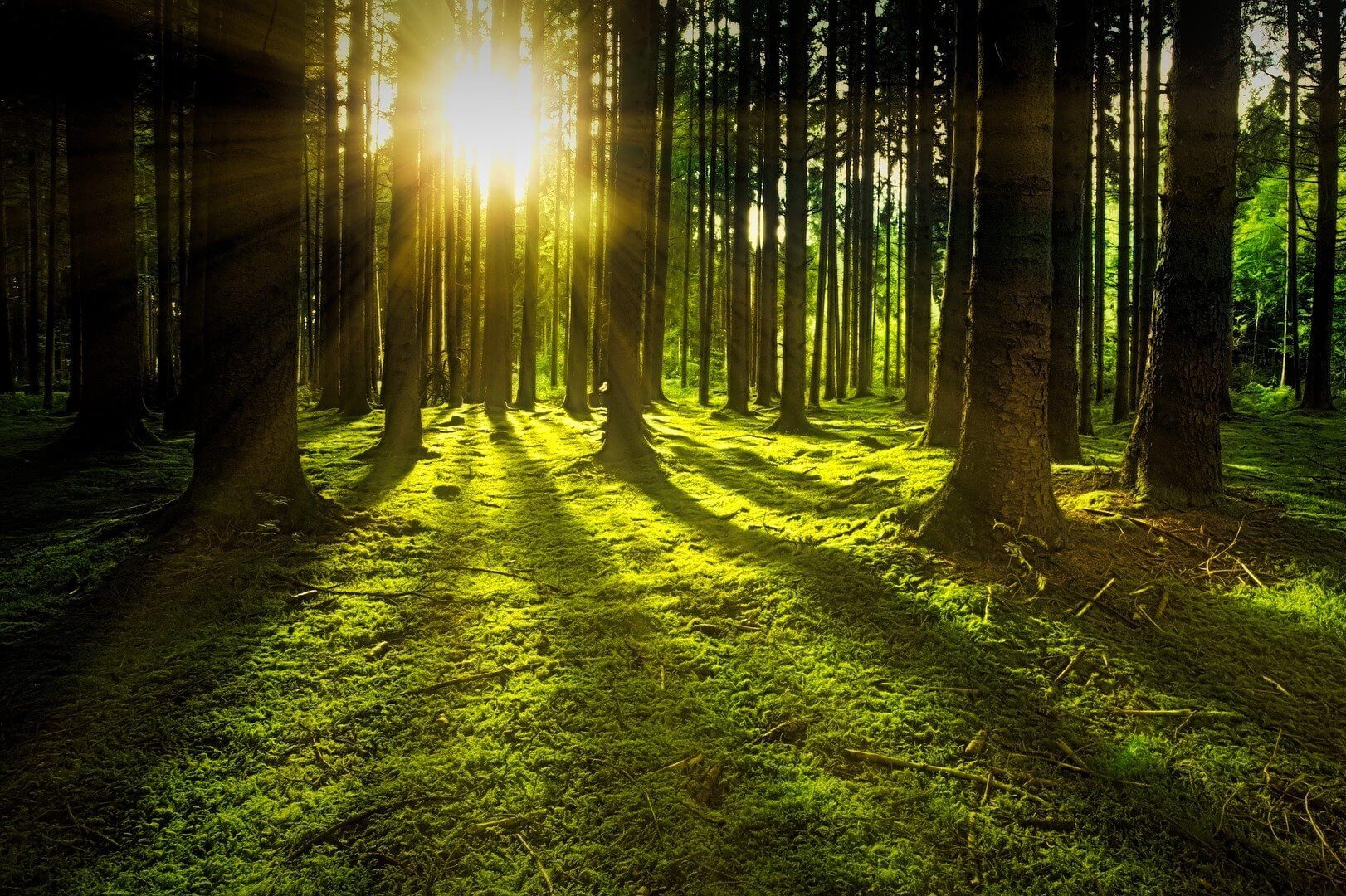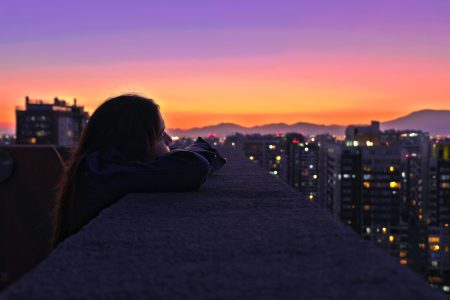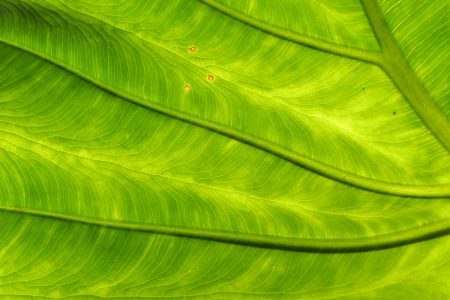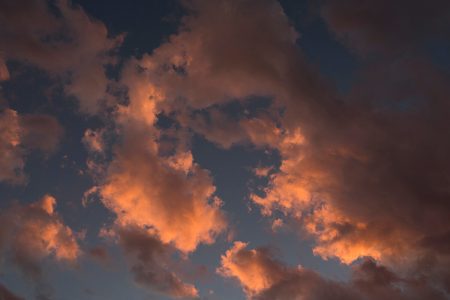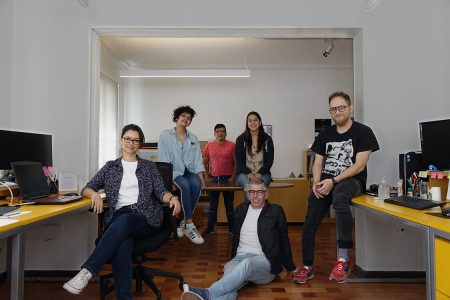how can light pollution affect the composition and trophic structure of ecosystems and species that grow in urban environments? can night lighting damage the trees?
If we were to talk about light pollution, we would probably discuss the impact on the night sky, the difficulty it presents for astronomical observation, and also a long list of interference in our day to day routine, existence, and human development. However, if we remove ourselves from the center and focus on the negative ecologic effects, how can light pollution affect the composition and trophic structure of ecosystems and species that grow in urban environments?
In this particular case, I will refer to the effect it can have on trees. Understanding that they play a fundamental role on our planet, and that they are one of the main agents to combat the climate change, it seems pertinent to ask: can night lighting damage the trees?
It is well known that night lighting can influence a lot of natural processes and that it has an impact on both the biological and ecological processes of various species. But in order to understand the potential effect it has on trees, it is important to be aware of the wide electromagnetic spectrum of radiant energy to which they are exposed.
Un acercamiento al espectro electromagnético
The electromagnetic spectrum refers to all radiant energy that travels through waves, where wavelengths can vary from a fraction of nanometer (nm) to a kilometer (km). All segments of this spectrum play a role in the functioning our biosphere.
To have a starting point, we must know that visible light ranges from 380 to 760nm within the spectrum. This narrow range of radiation is important since it is the part that our eye can detect and, therefore, make vision possible.

The nature of trees and the electromagnetic spectrum
For normal growth and development, trees depend on electromagnetic radiation in 3 ways:
- Quality (wavelength or color)
- Intensity (brightness)
- Duration within a 24 hour period (photoperiod)
However, for a tree, the origin of the radiation is not relevant, as long as the wavelengths, intensity and duration requirements are achieved.
In the same way, trees have two photobiological processes in which they require certain wavelengths: photosynthesis, a process for which they require blue (400-450nm) and red (625-700nm) visible light, and the photoperiod, a process which requires red light (625-760nm) and infrared (760-850nm).
Of the aforementioned processes, the role of photosynthesis and the metabolic process that it entails is well known; the means that plants convert inorganic substances into organic substances, transforming light energy into chemical energy, produced by chlorophyll. However, the role of the length of day and night – or photoperiod – in controlling tree growth and reproduction is less well understood.
Due to the above, it is necessary to point out that the photoperiod occurs because trees are capable of detecting seasonal changes, through the use of two photoreceptor proteins: phytochrome and cryptochrome. These proteins correspond to a blue-green pigment that regulates plant development, seed germination, flowering and leaf expansion, since it perceives the duration of day and night, depending on the wavelengths it receives.
Similarly, studies reveal that the uninterrupted duration of darkness during a 24-hour cycle is what governs the development process in trees, as well as dormancy, shoot growth and flowering. This is why trees, like other plants, are classified into short day, long day and neutral day, depending on how they respond to the length of the day.
Therefore, interfering with the length of day and night with some types of night lighting can alter the photoperiod and consequently disturb the development process of the trees.
Effects of light pollution on trees
It should be noted that most night lighting is not intense enough to affect photosynthesis in trees, but it can affect trees that are sensitive to the length of the day. As a reference, the intensity of light necessary for photosynthesis to occur is 54,000 lux, however, for the photoperiod to occur, from 3.24 to 162 lux are required.

the intensity of light necessary for photosynthesis to occur is 54,000 lux, however, for the photoperiod to occur, from 3.24 to 162 lux are required.
This is why continuous lighting deprives the trees of the period of natural darkness at night, altering their natural process, causing the foliage of those individuals that grow under night lighting to be larger in size, more susceptible to environmental contamination and to water stress during its growing season, since the stomatal pores in the leaves remain open for longer periods.
On the other hand, artificial lighting, especially from sources that emit red and infrared light, extend the duration of the day; consequently, they can change flowering patterns and, more importantly, promote continued growth, thus preventing trees from developing their dormant period, which is essential for them to survive the winter.
In this context, it is important to know that different types of lumieres emit different wavelengths within the electromagnetic spectrum; therefore, the effect they can have on the photoperiod of trees varies according to the type of light source.
A recent investigation in the Czech Republic revealed that the effect that night lighting can have on trees depends on multiple factors such as: the plant species, the arrangement of the lights, the type of light source, the amount of lux they receive at night and the climate. However, there are few studies on the subject.
In conclusion, as lighting designers, it is imperative to carry out studies on the subject, evaluate the best alternatives when designing and take into consideration that it is up to us to preserve our ecosystems. Although light can have a marginal environmental effect compared to other disciplines, it is necessary to conceive this profession not only thinking about our safety and visual comfort, but also to look at it from a global perspective, where culture, human beings and our ecosystems are part of a comprehensive and conscious design.
Bibliography:
- BENNIE, J., DAVIES, T.W., CRUSE, D., GASTON, K.J. (2016): Ecological effects of artificial light at night on wild plants. Journal of Ecology, 104(3): 611–620.
- ŠKVARENINOVÁ, J., TUHÁRSKA, M., ŠKVARENINA, J., BABÁLOVÁ, D., SLOBODNÍKOVÁ, L., SLOBODNÍK, B., STŘEDOVÁ, H., MINĎAŠ, J. (2017): Effects of light pollution on tree phenology in the urban environment. Moravian Geographical Reports, 25(4): 282–290. Doi: 10.1515/mgr-2017-0024.
- Chaney, William R. (2002): Does Night Lighting Harm Trees? Department of Forestry and Natural Resources, Purdue University, West Lafayette, IN 47907
- french-Constant RH, Somers-Yeates R, Bennie J, Economou T, Hodgson D, Spalding A, McGregor PK. 2016 Light pollution is associated with earlier tree budburst across the United Kingdom. Proc. R. Soc. B 283: 20160813. http://dx.doi.org/10.1098/rspb.2016.0813
